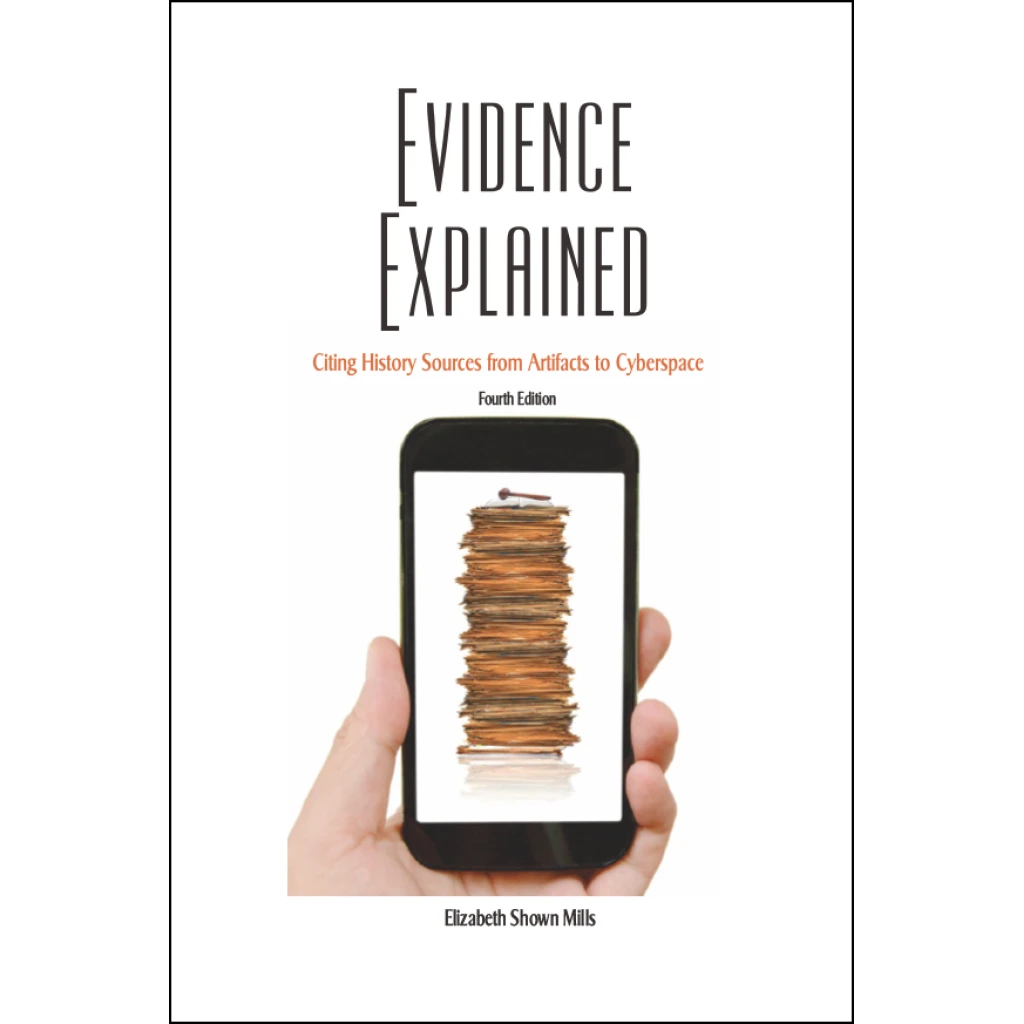The subtitle of this concise but meaty book is "The Briefcase Edition of Evidence Explained: Citing History Sources from Artifacts to Cyberspace." The title is catchy and the cover is a breath of fresh air for a serious book about an important topic.
Source citations are a vital element in the Genealogical Proof Standard, and Mills lays out a careful roadmap for understanding, evaluating, and documenting the sources used in genealogy research.
Table of contents
As the table of contents shows, this handy book crams a lot into just 139 pages.
In particular, I recommend bookmarking these seven figures that each condense a lot of wisdom into a single page:
Fig 1: Guidelines for Analyzing Evidence (on p. 18, invaluable advice)
Fig 2: Guidelines for Documentation (on p. 36)
Fig 3: Two Functions of a Source Note (p. 39)
Fig 4: Placement of Note Numbers (p. 45)
Fig 5: Abbreviation tips (p. 55, especially handy)
Fig 6: Stylistic Tips for Source Notes (p. 56)
Fig 7: Bibliographic Notes (p. 57)
The Universal Templates chapter on p. 83 is absolutely invaluable for finding a mix-and-match example of how to cite almost any type of source. Even the glossary (pp. 107-120) is a mini-master class in genealogical sources and citation. Ever wonder what "negative findings" really are? Or the meaning of "correlation" in the genealogy proof standard? The author's excellent glossary explains it all!
Maybe I missed it, but I didn't see DNA or genetic genealogy mentioned in this book. So I recommend downloading the syllabus and watching the talk "DNA: Proof, Citation & Privacy" by Elizabeth Shown Mills on Legacy Family Tree Webinars.
Please note: I received this book for free as a review copy but the opinions and comments here are entirely my own.








